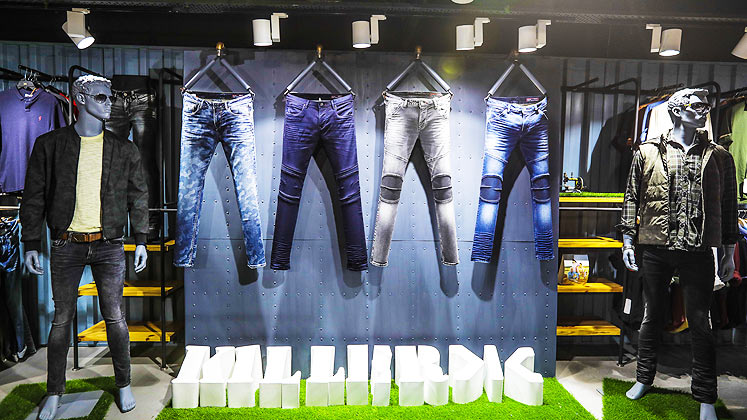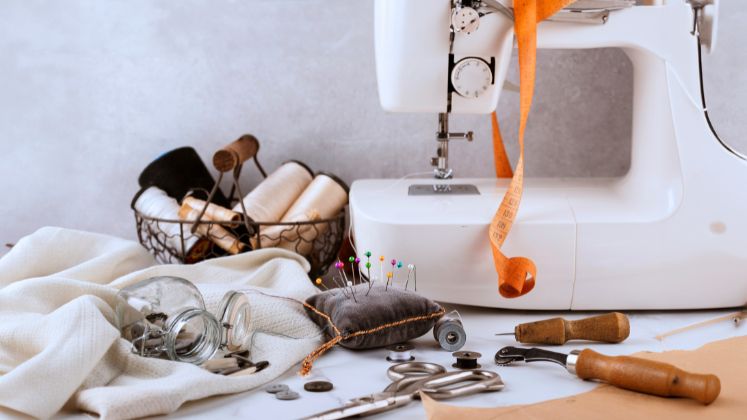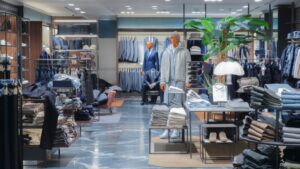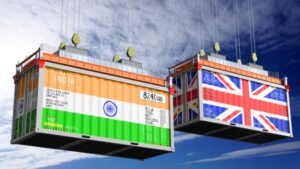Arvind Ltd.; Aditya Birla Fashion and Retail Ltd.; KKCL; Blackberrys; W (TCNS); Alcis; Paris Beauty (Groversons Apparel); Shiv Naresh Sports; Madame (Jain Amar Clothing); Bonjour (Zonac knitting machines); One Friday; Trigger (KG Denim); Monte Carlo (Oswal Woolen Mills); Woodland; Cantabil Retail; Gini and Jony; Turtle… the major common thread of all these brands of various clothing products is that they have their manufacturing as well as own strong retail presence.
They also outsource some percentage of their few specific products…, but it is indeed their manufacturing strength that highly contributes to their success today. Even after a long journey and after having witnessed various challenges on the production floor as well as showroom, majority of such brands are continuing with their factories. Is manufacturing their proven strength which makes them successful as budding retailers? How are they managing both in terms of resources and personal involvement? How both the aspects are going to take shape together in future?… Apparel Resources explores answers to these questions and allied aspects.
Most of the companies and brands’ top management have unanimously agreed that their strength of manufacturing helped them to be successful retailers as having own production set-up helped them to have quality control over the entire process and not compromise on quality by using the right kind of materials and manufacturing processes as per the world standards. In-house manufacturing ensures efficient management of stock at both company and retailer level and reduces the cost of waste and maintenance of stock reserves. Not only that, own manufacturing helps increase the company’s overall margin as not only quality but also costing is directly under the control of the company.
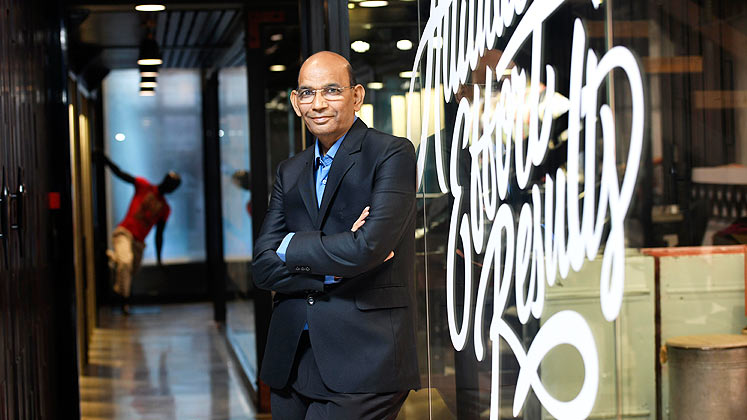
Similarly, having own units gave them room for experimentation in the field of R&D. “Own facilities have enabled us to develop over 20 patented and copyrighted products in designs. With in-house capabilities in production, we can churn out contemporary designs, stitches, and washes on demand keeping focus on changing preferences of the consumers; this would not be possible for other players in the market who outsource their manufacturing process,” says Kewalchand P. Jain, CMD, KKCL.
The company claims to successfully manage all major functions of the entire branded apparel value chain. KKCL is the only player which manufactures 100 per cent denim in-house apart from branding and retailing of branded apparels. “With this model, we have been very successful in the last three decades and we have emerged as the highest profit making brand in the country and with comfortable cash reserves for expansion and for grabbing any great opportunity that comes up in the market. As outlined above, in-house manufacturing is without doubt better than outsourcing,” Kewalchand adds.
The company has about 40+ international designers from different backgrounds and design aesthetics that they infuse in the brand with cutting-edge technology and eye for detail. KKCL’s manufacturing units are both in Vapi and Daman (Gujarat) with its Vapi unit being one of Asia’s largest R&D centres. Its Mumbai unit has state-of-the-art manufacturing capabilities.
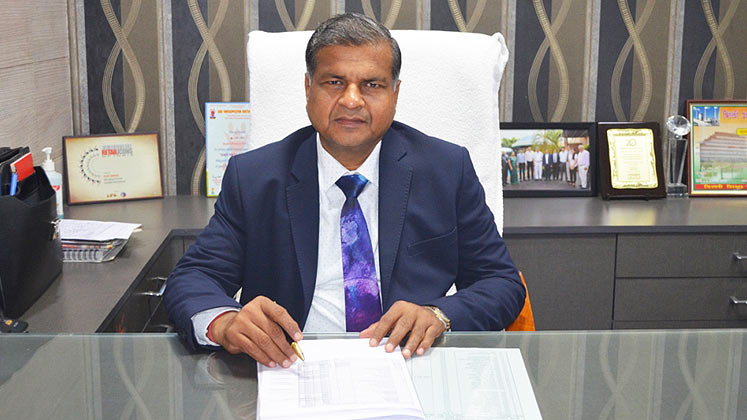
Having smaller order quantity is also an issue for retailers as in their own unit, they can produce any small order with effective costing while outsourcing of small orders costs them higher. Vijay Bansal, MD, Cantabil International, Delhi completely agrees on this and adds that having own production unit helped him take quick decisions along with all above-mentioned benefits. Having 265 stores, the company has its manufacturing unit in Bahadurgarh (Haryana) which suffices around 60 per cent of its supply.
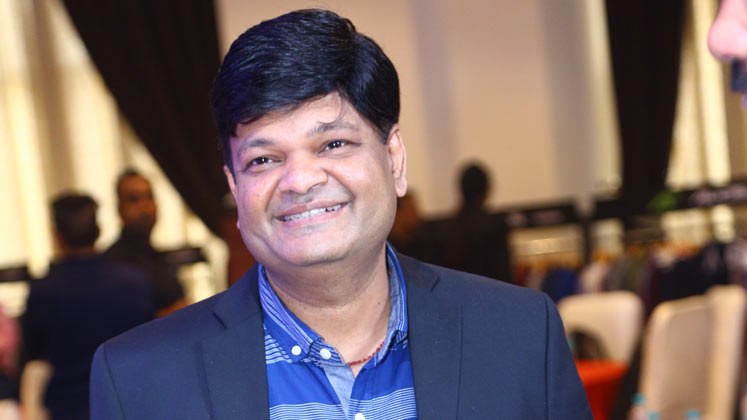
Roshan Baid, Founder, Alcis Sports (Paragon Apparels), Noida also echoes the same opinion and says, “With the support of our own factory, we can avoid the issue of keeping higher inventories. We can conceptualise and make ready any product in our stores, even within a month; so own production gives us speed and keeps us closer to the market. Similarly, it helps in easy replenishment.” For Alcis, having its own manufacturing is a must as it is difficult to get manufacturers from outside for its products. The brand uses mainly specialised fabrics and its vertical integration operation makes this easy.
Alcis Sports has 23 EBOs (Exclusive Brand Outlets) across India and is present strongly on various e-commerce websites including Myntra, Jabong, Amazon, Flipkart, Tata Cliq, Ajio and many more. Along with a strong presence in large format stores (LFS) like Lifestyle, Shoppers Stop, Central, Brand Factory, SSIPL, Globus… the brand is also available at over 750 MBOs (Multi Brand Outlets) including Sports Station, Selection Sports, Centro.
Though almost all aforementioned brands/companies are professionally managed and all the functions in the companies are majorly headed by professionals, but for promoters or top management, it is a big challenge to handle both manufacturing and retail together as both segments demand their complete involvement. Many budding retail companies’ owners agree that it is a big challenge for them. Roshan shares that he is ‘stretched’ in between both especially as their brand is new and growing speedily.
On the other hand, the top players of the industry have mastered the management of manufacturing and retailing of branded apparels and also building the brand without much hassle in the last few decades. Like in KKCL, there are professionals who have been working with the company for more than two decades and heading various verticals.
Now, when the retail venture of manufacturers is successfully established, for many, the focus on own manufacturing remains as strong, while for few, focus has increased on outsourcing. Outsourcing from Bangladesh is emerging as a lucrative option even for womenswear brands focusing on fast fashion model as they are getting quality value-added products and that too in a cost-effective way compared to their own manufacturing.
For pan-India players, the cost of logistics is not a major portion of their cost and in the current evolved scenario of efficient logistics and introduction of GST, their working has become easier and so it hardly matters to them if they have units in specific clusters and have to supply across India or various regions of the country.
With the growing opportunities in Indian retail, isn’t it a better option to have a controllable scale of manufacturing with the rest being outsourced (including core products)? Various players stated that they would like to continue as integrated players as they care for their brand proposition and would never dilute it as long-term players in the branded apparel market. Vijay believes that front-end needs more focus as over the period, manufacturing has become a kind of routine practice and strong team management is comparatively easy. He asserts, “Selling and that too in reasonable margin is more difficult than manufacturing; so effective retailing needs more efforts and we do have the same with ‘good’ in-house manufacturing.”

